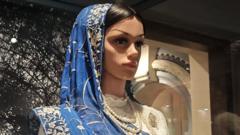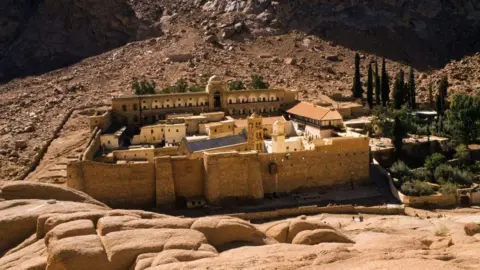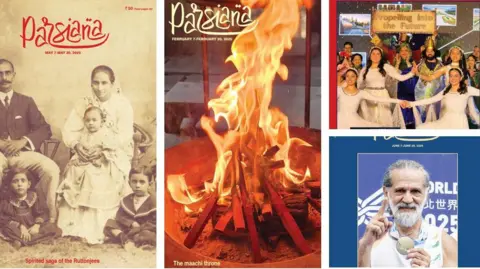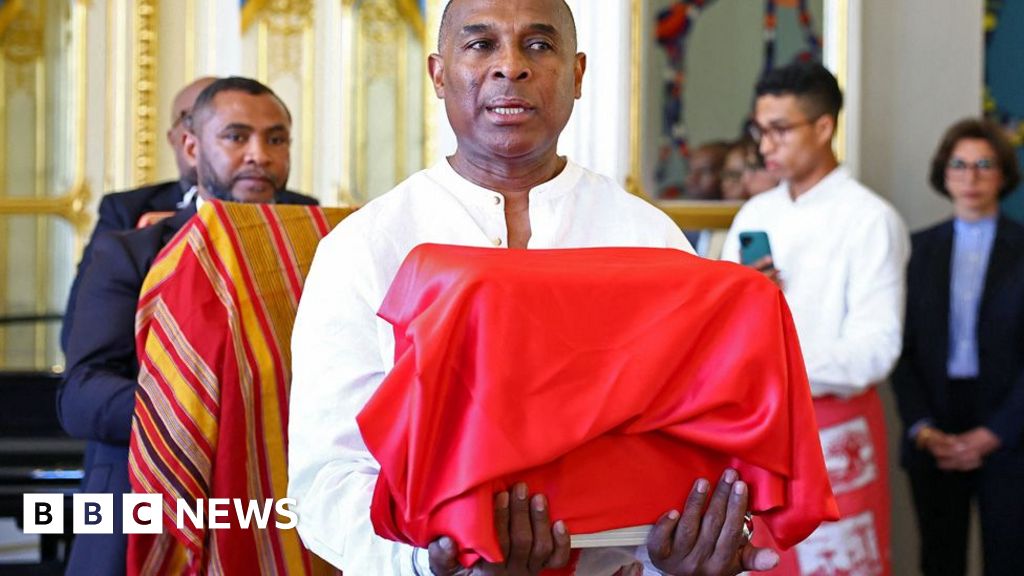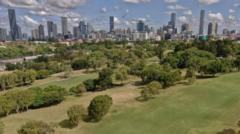Tucked away in a lane in Mumbai, the Framji Dadabhoy Alpaiwalla Museum stands as a testament to the heritage of the Parsis, followers of one of the world's oldest religions, Zoroastrianism. Though the Parsi population has plummeted to an estimated 50,000 to 60,000, the museum aims to illuminate their profound history through a range of compelling artefacts that showcase their contributions to India's cultural landscape.
Curator Kerman Fatakia underscores the museum’s significance, stating it strives to mitigate the obscurity surrounding the Parsi community. The exhibition includes items such as cuneiform bricks, terracotta pots, and coins, all harking back to the illustrious regions of Babylon, Mesopotamia, and present-day Iran, dating back to 4000-5000 BCE. These remnants of history originate from the eras when Zoroastrian kings ruled under empires like the Achaemenid, Parthian, and Sasanian.
Among the prominent displays is a replica of the clay cylinder of Cyrus the Great, often regarded as the first charter of human rights, which grants essential freedoms to his subjects in Babylon. Furthermore, the museum showcases maps detailing the migration of Zoroastrians from Iran to India during the 8th to 10th centuries due to religious persecution.
The collection highlights the socioeconomic dynamics of the Parsi community, featuring furniture and portraits of influential individuals such as Jamsetji Nusserwanji Tata, a key figure in India’s industrial revolution. This segment of the exhibition also reveals the community’s historical engagement in global trade, including the opium trade with China, reflected in the traditional Parsi sarees adorned with foreign design influences.
Visitors can explore replicas of a Tower of Silence and a fire temple, both integral to Parsi rituals. The Tower of Silence represents their unique funerary practices, while the fire temple provides a rare insight into a sacred site usually closed to non-Parsis.
The Alpaiwalla Museum, originally established in 1952, has been revitalized with modern display techniques and guided tours to offer a comprehensive educational experience. Fatakia concludes, “It's not just for Mumbai or India but for those worldwide eager to understand the Parsi legacy,” ensuring that the rich tapestry of this community continues to captivate and educate future generations.

